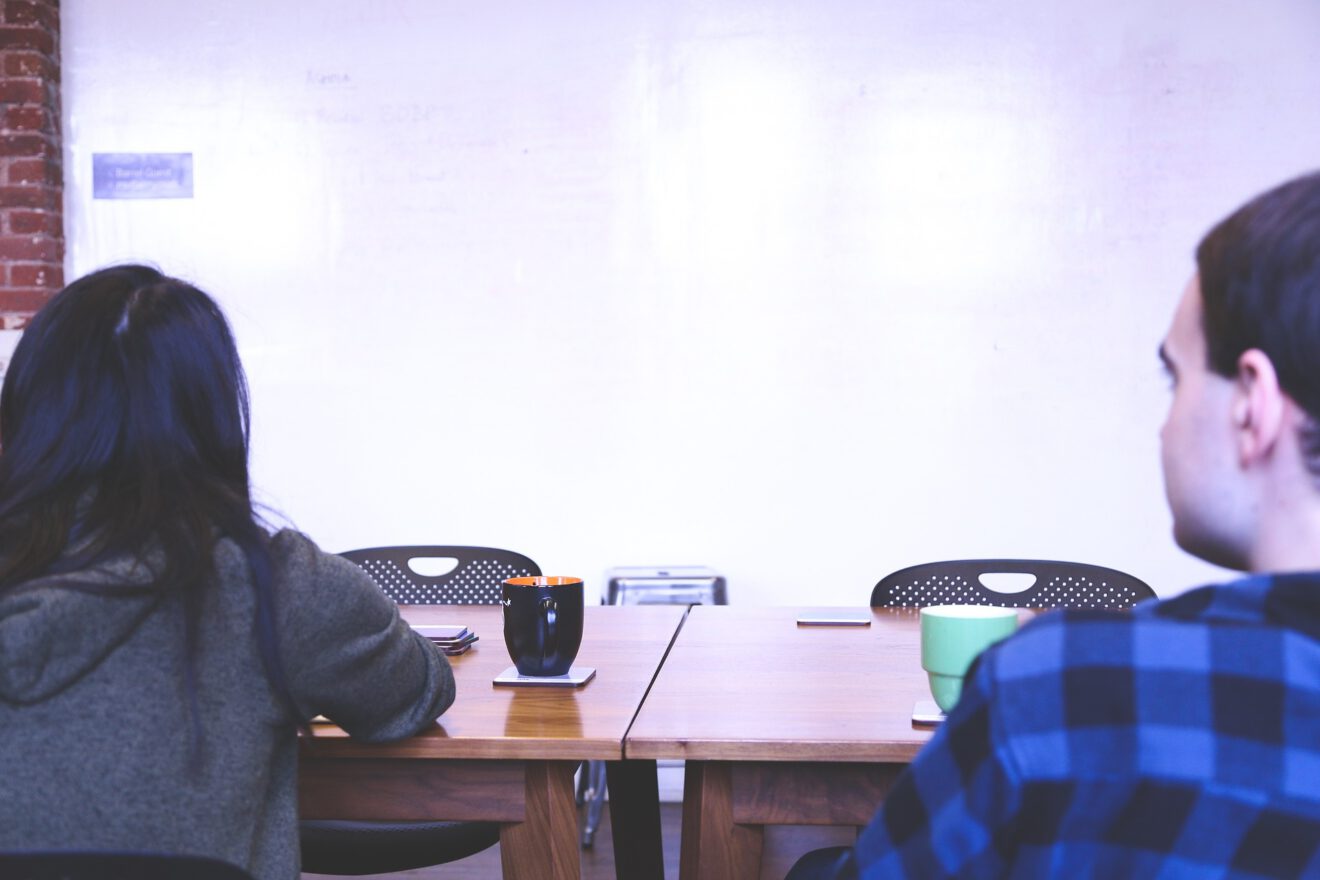It’s one thing to talk about changing the way you teach, and another to actually try a new approach in the classroom. When I was new to project-based learning, setting up projects that would engage my students was a challenge. I was determined to improve my efforts on PBL, and I ended up formulating a project surrounding the challenging subject of survivor’s guilt. Six of my students with varying disabilities read one fiction and one non-fiction book where both protagonists experience survivor’s guilt and post-traumatic stress disorder. I also had them read coverage about the Parkland school shooting and how those kids had to return to school without their friends.
Here’s a video showing how I created and administered the project using Project Pals, an online collaboration platform designed especially for PBL.
Connecting fiction and nonfiction
Using a digital platform, my students created a visual representation of how the stories connected and how they were different, so that they could see how fiction and nonfiction go together. In our class discussion about survivor’s guilt, none of the students admitted to having felt the symptoms, but they showed empathy toward students who have gone through a school shooting. In addition, they asked more questions about the safety features that we have in place at our school.
Students with disabilities tend to be more successful with hands-on activities. PBL gives them an outlet to be more successful. It helps the students see the big picture better than any worksheet could. Students were able to structure their thinking, brainstorm in a collaborative space, and visualize each other’s work. Allowing my students to collaborate in a controlled environment while connecting learning with real-life situations produced astounding results.
PBL best practices
Now that that I’ve gotten through this project and another one about World War I, I’m excited to pass on what I learned from the process with three local special needs teachers so that we can begin using PBL in more SPED classrooms. Here are some of the best practices that I’ll share with them about getting started with PBL:
- Go to technology conferences. Seeing what’s out there really opens your eyes.
- Get involved with a supportive group of people. Collaborative teaching supports collaborative learning!
- Choose a platform with strong customer support, because PBL can be daunting at first. If you’re new to PBL like I was, consider looking for a platform that will help you design your first couple of projects.
- Visualize the process of how to structure each project before you get started.
- Time is an issue for every teacher, so use PBL to work smarter, not harder.
PBL certainly took some getting used to, but I firmly believe that it is the future of special education, because ALL students need 21st-century skills to succeed in school and in life.
Jill Koenemann is a high school special needs teacher in Monroe ISD. Find Jill on Twitter at @jillkoen.
Tech Tips is a weekly column in SmartBrief on EdTech. Have a tech tip to share? Contact us at [email protected]
____________________________________
Like this article? Sign up for SmartBrief on EdTech to get news like this in your inbox, or check out all of SmartBrief’s education newsletters , covering career and technical education, educational leadership, math education and more.
